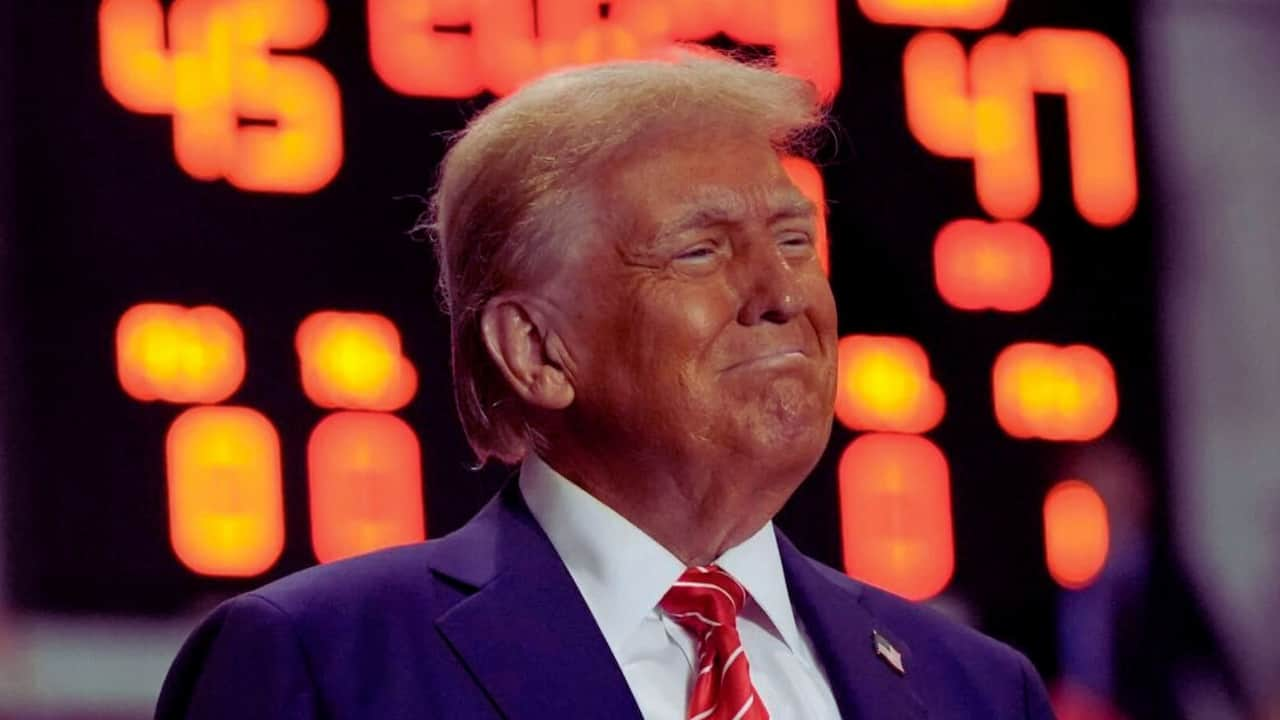Trump’s Cabinet 2.0: A Diverse Mix of Ideas and Personalities
Donald Trump’s second administration is taking shape with a Cabinet that reflects his core priorities while introducing a surprising array of viewpoints and backgrounds. As the former president prepares to return to the White House, his rapid assembly of key positions offers insights into the potential direction of his encore term.
Key Appointments and Their Implications:
- State Department
Marco Rubio, the Florida senator known for criticizing authoritarian regimes, has been tapped as Secretary of State. This choice presents an interesting dynamic, given Trump’s past praise for leaders like Vladimir Putin and Viktor Orban.
- Treasury Department
Scott Bessent, a hedge-fund billionaire, is set to lead the Treasury. Bessent’s appointment brings a mix of deficit hawkishness and support for Trump’s tax cuts and tariffs, potentially shaping economic policy in complex ways.
- Labor Department
Republican Rep. Lori Chavez-DeRemer of Oregon has been nominated as Labor Secretary. Her pro-union stance, including support for the PRO-Act, contrasts with the traditionally anti-union positions of many in Trump’s circle.
Health and Human Services
In a surprising move, abortion-rights supporter Robert F. Kennedy Jr. has been chosen to lead HHS. This selection could create tension with Trump’s conservative Christian base.
National Security
Florida Rep. Mike Waltz is set to become National Security Advisor, while former Democrat Tulsi Gabbard has been picked as Director of National Intelligence. These choices reflect a complex approach to foreign policy, particularly regarding Russia and Ukraine.
Policy Implications and Potential Conflicts
Trump’s Cabinet selections suggest a focus on his signature issues of immigration and trade. However, his appointees’ diverse backgrounds and viewpoints raise questions about the cohesion of his administration’s policies.
Economic Policy
The appointment of Bessent as Treasury Secretary, alongside Trump’s promises of tax cuts and increased spending, creates potential conflicts in fiscal policy. Bessent’s deficit hawk stance may clash with Trump’s expansive economic promises.
Foreign Policy
The selection of Rubio as Secretary of State and Gabbard’s pro-Putin stance as intelligence chief indicate a potentially contradictory approach to international relations.
Labor and Union Issues
Chavez-DeRemer’s pro-union position, including support for the PRO-Act, contrasts with the traditional Republican stance and Trump’s previous labor policies.
Governance Style and Decision-Making
Trump’s approach to assembling his Cabinet suggests continuing his unpredictable leadership style. Former House Speaker Newt Gingrich noted that this diversity of opinions could lead to a “strong Cabinet,” though it may also result in internal conflicts.
The president-elect’s decision-making process appears to be influenced by policy alignment, personal loyalty, and the input of wealthy advisors like Elon Musk and Vivek Ramaswamy, who are set to lead an advisory panel on government efficiency.
Conclusion
As Trump prepares for his second term, his Cabinet choices reflect a mix of his core priorities and a willingness to embrace diverse viewpoints. This eclectic group of appointees suggests that Trump’s second administration may be characterized by a complex interplay of ideas, potentially leading to innovative solutions and internal conflicts.
The coming months will reveal how this unique blend of personalities and ideologies will shape the direction of the U.S. government under Trump’s leadership.
